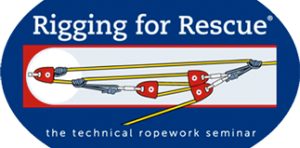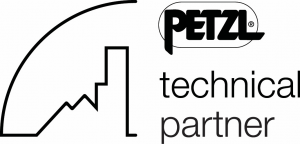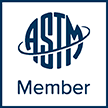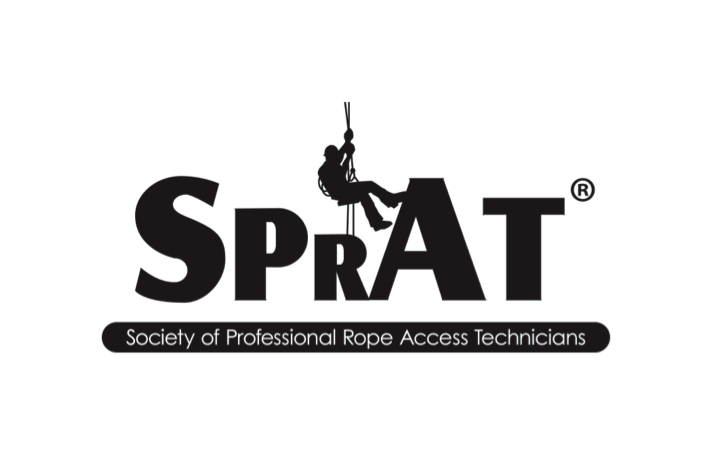SAR Tech Training in Quebec

This past week we have been instructing a Rigging for Rescue Waterfall Ice Climbing & Rescue Workshop for a SAR Tech Squadron in Quebec, Canada. The SAR Techs have a similar mission profile to a USAF Pararescueman; rescue response is their primary job responsibility. RfR instructor Kevin Koprek had a great week training on the amazing ice that the Quebec area provides. The local training crag is stacked with beautiful blue ice climbs that are perfect for rescue scenarios as well as ice climbing technique refinement.
Waterfall Ice Workshop – Ouray
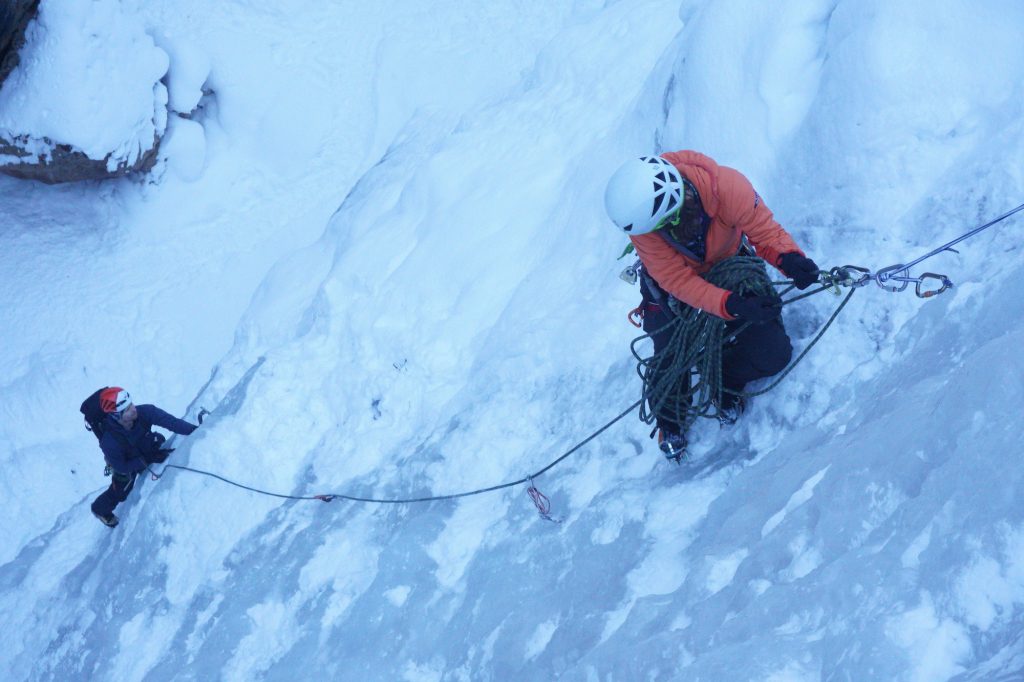
Basic principles of rope rescue follow the LAST components of Locate, Access, Stabilize, and Transport. Waterfall Ice is no different on the big picture sequence of events; but the techniques, strategies, and terrain challenges certainly exceed your typical technical rescue call-out. The path of least resistance for patient access high on a multi-pitch waterfall ice climb is typically to lead the ice climb. As such, movement skills, placing gear on lead, terrain evaluation, risk management, companion rescue skills, multi-pitch rope management, and many other key elements become requisite skill sets for the rescue respondents. Recently, we hosted the first of two Waterfall Ice Climbing and Rescue Workshops in Ouray for this winter. We had workshop participants that included some Canadian friends, as well as a few Icelandic SAR team members, and one local SAR respondent from nearby Durango. We fine-tuned climbing movement skills, covered leader rescue, and also delved into some lightweight pickoff techniques, as well as vertical litter orientation. Waterfall Ice rescue is all about managing the overhead hazard associated with the unique medium. It was a terrific week and we look forward to our next offering in 2 weeks time.
Special Forces Group – Ice Workshop in Vail
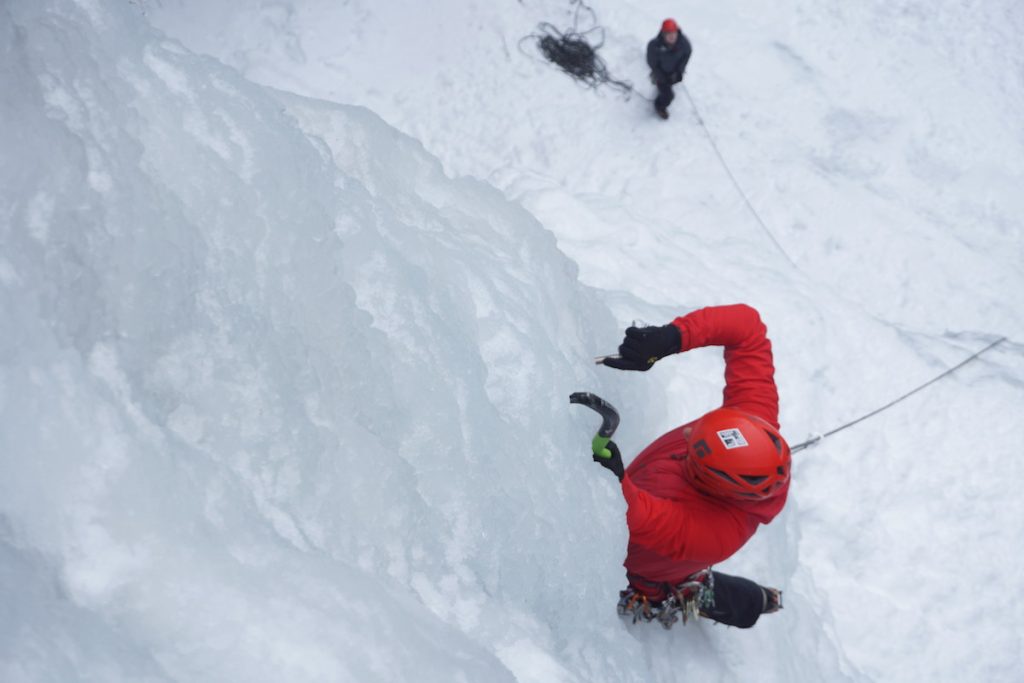
This past week we had the distinct honor of being tapped to train some of our country’s finest in ice climbing and rescue in the waterfall ice environment. The 19th and 10th SFG units have proud histories in mountaineering, skiing, and general mountain travel. We had a terrific week sampling some of the fine terrain in and around Vail, Colorado. Our last exercise involved a multi-pitch snow & ice lower that included knot passes, changes-of-direction, and the use of a SKED litter platform. The group problem-solved in fine form. From team-brief to off-rope, we rigged, packaged the patient, inspected, and covered four rope lengths in a little less than 90 minutes. Well done!
Mount Desert Island SAR in Acadia NPS

Conducting a technical rope rescue seminar in Acadia in the autumn is as scenic as it gets. Beautiful fall colors, pristine granite, and thankfully bluebird days with dry conditions. Every two years, several of the high angle teams in the state of Maine come together on Mount Desert Island for a Rigging for Rescue seminar. It is a unique collaboration that involves exchanges of ideas & techniques amongst the key players in Maine who are conducting technical rope rescue. Our role is that of facilitator and bringing in some of the latest information to share. This year some of the highlights included vertical litter orientation options including a multi-pitch transition, the pros/cons of different rescue devices, artificial high directionals, and the San Juan Pickoff. This May, Rigging for Rescue will be traveling again out to Maine to participate in the Maine Association of Search and Rescue conference. We will be proctoring a couple of different field exercises for the conference attendees. We are looking forward to the visit, as always.
Grand Canyon NPS

This fall we returned to the Grand Canyon to train with the NPS ranger cadre. The top of the Grand Canyon rim offers pretty straightforward anchoring options with a lot of stout vegetation and rock mass features. The real challenge is in properly aligning to the edge transitions to protect against a pendulum of the load. The edges and rock faces below can offer tricky fall lines that require some thoughtful rigging. Some of techniques we incorporated into the training scenarios included utilizing changes-of-direction to dial-in rope alignment, as well as guying the artificial high directional to minimize risk associated with changing fall lines.
Black Canyon NPS Multi-Agency Pre-Plan Training
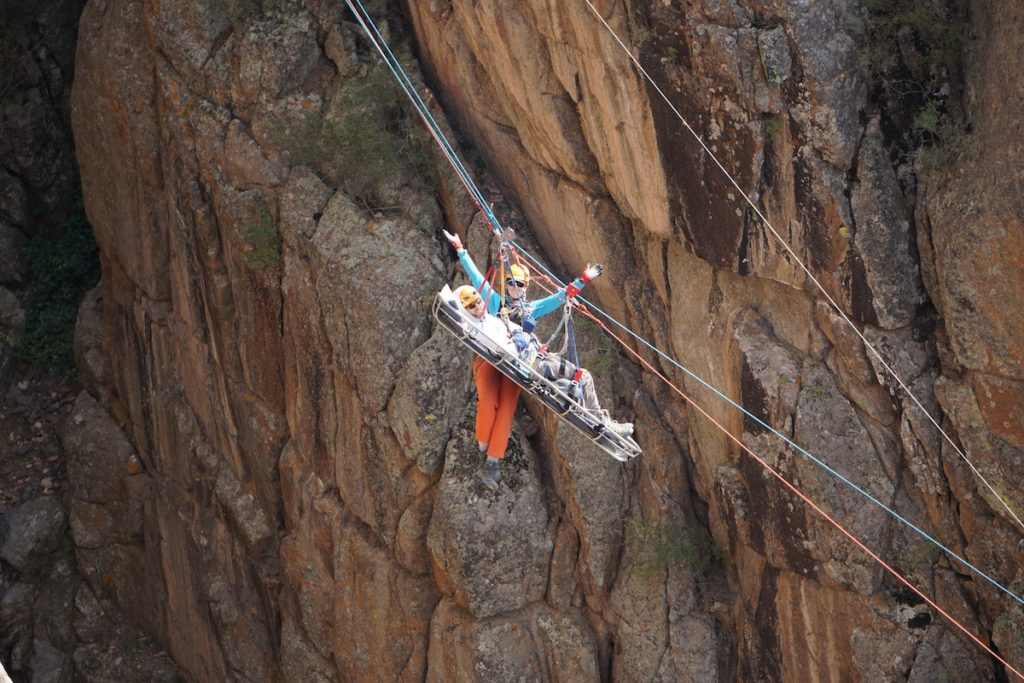
This past weekend 42 SAR personnel from six different organizations converged on the North Rim of the Black Canyon for a much-anticipated rope rescue event. The principal organizers included RfR and the NPS ranger cadre. Several other mutual aid teams joined in to participate. The objectives were to trial some new ingress/egress ideas for moving a patient out of popular climbing/hiking locations in the canyon. The scale of the Black is very difficult to wrap your mind around for rope rescue. For example, the lower/raise we conducted off of the Debutante’s Ball Buttress was a full 400m from the rim. And that only gets you down to the SOB gulley. There are still a few hundred meters of terrain to the river. The Black is big and complex. In order to set ourselves up for success on the raise, we spanned a 50m chasm using highline line-delivery techniques. Following completion of the initial attendant 400m lower, we delivered the Main/Belay lines across the 50m chasm to waiting MPD devices. The 50m span ended up being our mechanical advantage “throw” distance for the raising operation. Concurrently, a separate group rigged and operated a 125m Steep Kootenay Highline System from the canyon rim to the top of the Comic Relief Buttress. We had an “almost” SAR call in this location a couple of years ago and it caused us to reconsider strategies for that egress challenge. Both scenarios went off without a hitch. It was an inspiring day of camaraderie and technical rope rescue.
Jackson Hole Via Ferrata

The Jackson Hole Ski Resort recently installed a via ferrata (VF) course on the upper mountain near the Rendezvous gondola. In preparation for their grand opening to the public, they contracted Rigging for Rescue to conduct a rope rescue training for their Mountain Patrol staff. The Mountain Patrol is comprised of ski patrollers who staff a base area medical clinic during the summertime. They respond to incidents related to mountain bikers, hikers, and other resort visitors recreating on the slopes of the Jackson Hole ski area. And now they are responsible for rope rescue on the VF course. The Jackson Hole VF course offers some unique rope rescue challenges. The relatively easy part is conducting a pickoff and getting the injured participant to ground level. There are anchors everywhere and the injured party will be confined to a known area. The harder part is what to do from there – the terrain at the base of the VF course is steep and talus-covered. We introduced a variety of techniques including a Guiding Line that utilized one of the gondola support towers as a high directional.
Grand Teton National Park
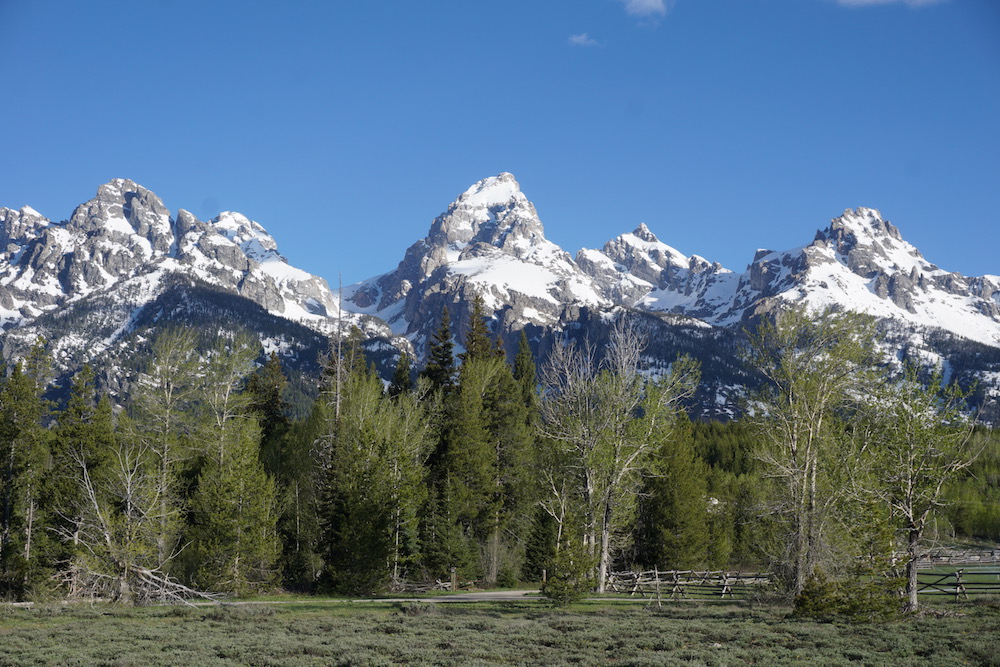
This season’s Grand Teton NPS seminar included multiple areas of focus: a critical analysis of Two-Tensioned Rope Systems and the best practices for where, when, how, and why the MPD snow anchoring techniques and devices polishing command & control and the use of smaller diameter ropes and lighter gear/systems for remote mountain rescue including a review of Parallel Plaquettes This year we had a unique opportunity to utilize Baxter’s Pinnacle as a rope rescue training venue. Baxter’s is perhaps the Tetons most “classic” one-day multi-pitch trad climb. However, a springtime ascent of Baxter’s is often prevented due to seasonal raptor nesting closure. This year there were no nesting peregrines at the time of our training. We capitalized on the opportunity and conducted a fantastic multi-element rope rescue that included a multi-pitch lower to a 400m Guiding Line all the way down to the horse trail. The entire operation took just under 6 hours- from team brief to de-rig finish- and offered the mock patient a very gentle ride across some horrendous talus. It is always a privilege to train with the Jenny Lake climbing ranger cadre.
Paint it Black
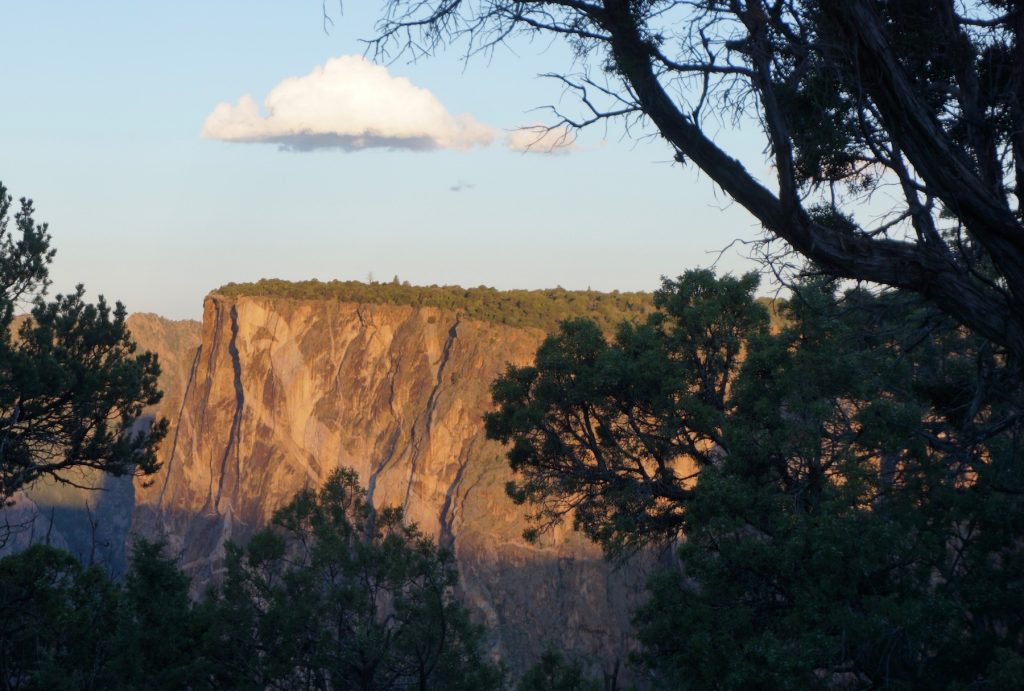
Conducting rope rescue trainings in the Black Canyon of the Gunnison is always a treat. What incredible terrain! And only 1-2 hours from Ouray depending on which rim you choose to visit. This past weekend, we did a workshop for some of the Black Canyon volunteer SAR personnel who support the ranger cadre in their rescue calls. The Black Canyon has vast terrain, but a modest amount of staffing given the scale and scope of their rescue call-outs. So the volunteer team -plus neighboring county SAR teams like Ouray Mountain Rescue -assist, when asked. The focus of the workshop was long lowers/raises, use of artificial high directionals, knot passing techniques including change-of-direction pulleys, and scene size-up strategies for large-scale operations. The rigging at the rim level typically includes a very abbreviated work space in-line from the edge. Therefore, embracing the COD is a key to creating adequate work space for big raises. Focusing the pulley system ratchet location 30+ meters away from the edge is not uncommon. However, this brings into the mix other tricks of the trade like extending the DCD forward from that point for the initial lower – this aids in a compact start to the operation for good comms and visual of the edge transition by all operators. The team at the Black regularly uses an artificial high directional. It doesn’t need to be carried far, as the access roads parallel the rim of the canyon on both sides of the gorge. We talked about the benefits of “both ropes high” in the AHD, under the condition that you eliminate any real possibility of toppling the device. The only way to guarantee that is to pin it to the the ground with guying lines/anchors. A properly rigged AHD remains stable under compressive forces, but changes in terrain and attendant movements can alter that stability – pinning it provides proper security, if the anchor points are readily available. Otherwise – absent easy pinning options – keep one line lower to be conservative in your AHD rigging. The Black Canyon is a great example of specific Mission Profile parameters. Just like any rope rescue team, you should not expect to “copy/paste” your solutions from your neighbor or a research paper. Think critically and embrace the concept that each and every team has specific Mission Profile considerations unique to their terrain, personnel, and equipment.
Finding Balance: Patient Care in Mountain Rescue

